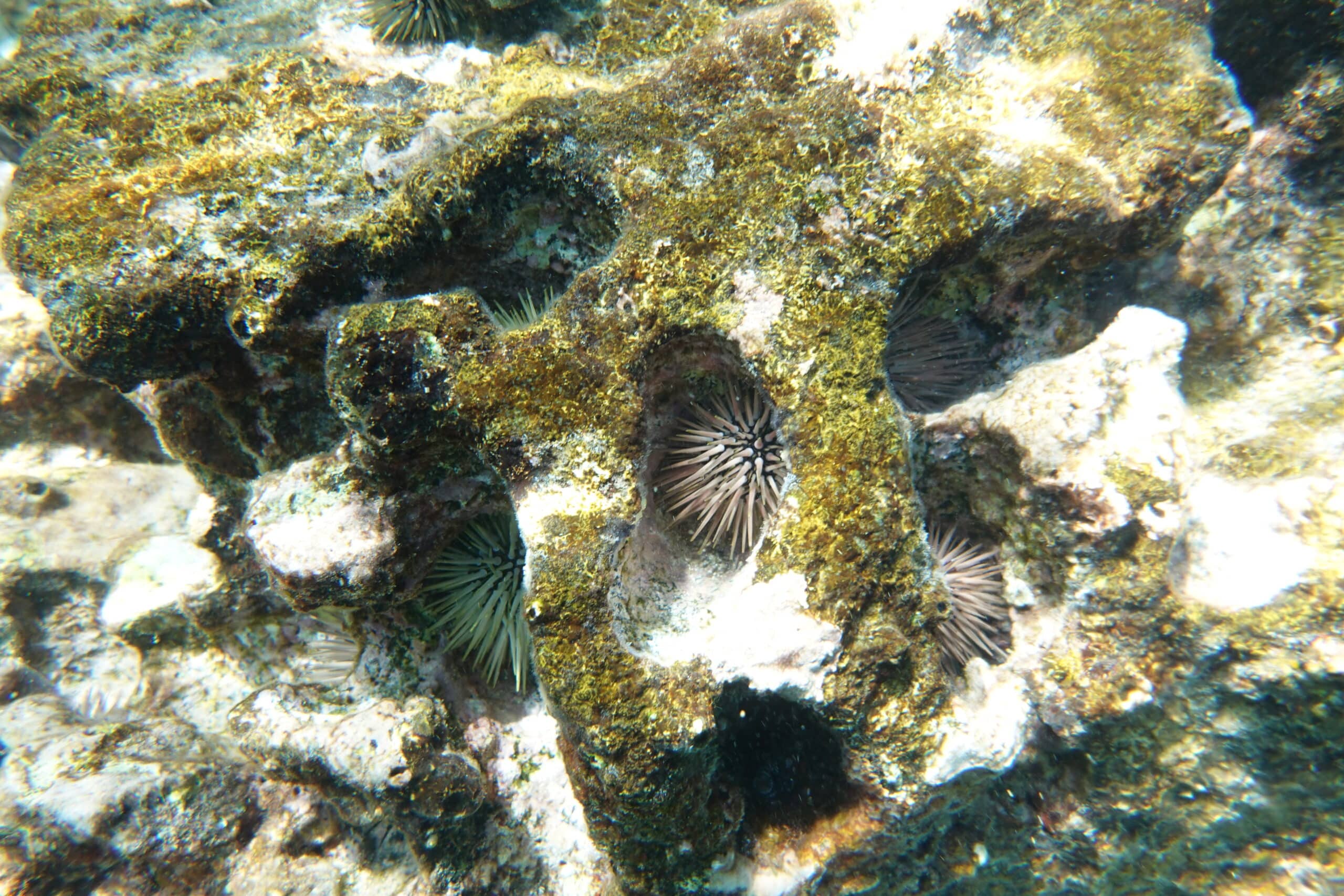Wildlife and Wildfire: How Do Wild Animals Survive?

The wildfire at Pilot Mountain State Park is still burning, covering more than 1,000 acres as of Tuesday. While there are still unanswered questions about the fire, forestry experts at North Carolina State University said there is one thing they do know: Animals and trees that live there are fire-adapted – meaning they have ways to flee or hide from the flames, survive or regenerate.
“We have really good scientific evidence in the Southeast, including the area where Pilot Mountain is, that fire on the landscape is necessary for healthy ecosystems,” said Laurel Kays, an extension assistant at NC State. “So a lot of the impacts of this fire are going to come down to: How is this fire burning, what are the fire effects doing to that ecosystem and did it burn in a way that going to be beneficial?”
The Abstract spoke with Kays and with Joseph Roise, a professor of forestry and environmental resources at NC State, about the ways that wildlife respond to wildfire. They also talked about reasons that forestry experts use prescribed, or controlled, burns.
The Abstract: What are wildfires versus prescribed fires?
Laurel Kays: Prescribed fires are fires on the landscape that are set intentionally by trained personnel to achieve specific goals. They follow laws, regulations, and policies in place to ensure these fires are safe and effective. Wildfires, on the other hand, are fires that are not planned and may start from intentional arson, accidental human actions or lightning.
The North Carolina State Parks have an active prescribed burning program within Pilot Mountain State Park in part to try and reduce the severity of wildfires if and when they do happen. One of the important reasons why we do prescribed fire is to reduce the risk of catastrophic wildfires. It reduces the risk that wildfire is going to get too difficult to control, endanger human health and burn at such severity that it will damage the ecosystem.
With prescribed fire, we can get fire on the ground, and choose the weather, day and time, and burn in a way that we are protecting both human and ecosystem health. We are getting the benefits without the things that many of us are scared of.
Joseph Roise: With wildfires, you always have concerns about the urban-rural interface, and one of the big things they were trying to do at Pilot Mountain was burn out around the buildings and remove the fuel from around the buildings. If the forest burns, it’s usually a positive thing, unless it’s a crown fire and it just destroys everything. In a crown fire, it burns the top of the trees. You see a lot of those out West. But you rarely see a crown fire in the East that’s sustained for a long distance.
TA: How does wildlife respond to wildfires?
Kays: Virtually the whole state has ecosystems that are fire adapted and require fire to remain healthy. The animals that live there have some mechanism to escape whether it’s flying away in the case of birds, running away in the case of deer and rabbits, or burrowing down like amphibians and reptiles do. Particularly when we do prescribed burns, at relatively low severity, most wildlife are able to escape. And while individual animals sometimes do die in a fire, we have a lot of scientific evidence showing that overall the habitat created by the regular use of fire in fire-adapted ecosystems benefits wildlife populations.
TA: Are there trees that are more adapted to wildfire?
Roise: Native plants in North Carolina have evolved with fire. So they’re fire adapted in one way or another. Oaks will survive because they have thick bark. The acorns have been buried in the ground by squirrels. Yellow poplar, their seeds are small, but they work their way into the soil, and they’ll sprout up as soon as you get some sunlight. Sweet gum trees and saplings, many will get killed by the fire, depending on the intensity. But they have a root system that keeps producing, even though the fire might have killed the overstory. Red maple, their adaption is to produce a lot of seeds that will blow in from miles away. Next spring, if there is enough sunlight hitting the forest floor, you’ll get some red maple trees coming out. The classic fire adapted species, the keystone one, is longleaf pine. It’s not found at Pilot Mountain, but you do have some loblolly pine trees as well as shortleaf and Virginia pine. All of those pine species have an adaptation to fire.
TA: How can fire actually benefit plants and animals?
Kays: In terms of how burns can benefit wildlife – in the long-term, they create habitat structures that our wildlife are evolved to thrive in. So for example, the red-cockaded woodpecker on the coastal plain evolved to be adapted to longleaf pine forest. Fire creates a forest with a very open understory with mature longleaf pines widely spaced, and with grasses and wildflowers that support the insects the red-cockaded woodpecker needs.
Roise: Fire reduces the fuel loading in a forest. Some smaller trees, diseased trees and some medium sized shrubs will be killed. Fire will open up the canopy so more sunlight will hit the ground. Add to that nutrients in the ash going into the soil. With that combination, come next spring there are going to be a lot more fresh, succulent, nutritious grasses in the understory. That means there will be better foraging for wildlife. That’s one of the reasons, in fact a primary tool, for increasing wildlife habitat quality. Wildlife managers commonly burn their forest on a regular cycle, like every three to four years.
TA: What is the fire season in North Carolina?
Kays: We have very different ecosystems and we have different fire seasons than the Western United States. Our natural fire seasons are spring and fall. The weather tends to be drier. In the fall, hardwoods, or non-conifers, that’s when they drop their leaves, and the leaves start to dry out and become flammable. If you think about our summer – the humidity is just so high. Which isn’t to say we never have wildfires in the summer, and prescribed fire in the summer can produce needed fire effects, but you think about stepping outside in the summer in North Carolina…yeah. It’s pretty wet.
Editor’s note: This story has been updated to reflect that longleaf pine is not found at Pilot Mountain.
- Categories:


